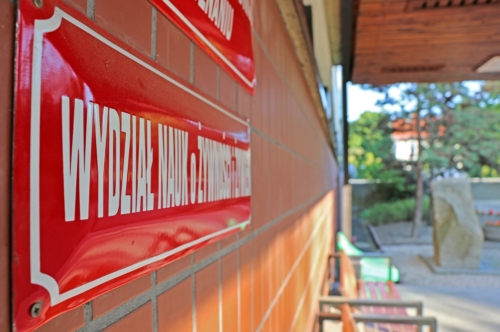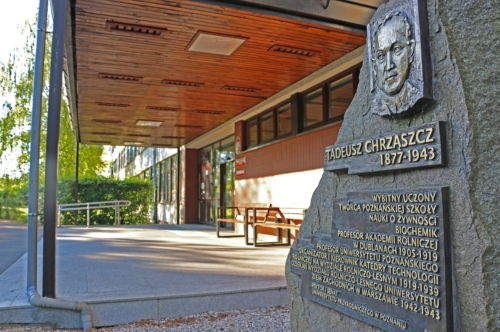The effect of preexercise meal composition on substrate oxidation during incremental cycling to exhaustion in recreationally active adults: randomized parallel pilot trial
Emilia Zawieja, Tomasz Podgórski, Nelo Eidy Zanchi, Krzysztof Durkalec-Michalski
Abstrakt
Purpose. The purpose of this study is to evaluate the effect of three different preexercise meals: high-carbohydrate, low-glycemic index (LGI), high-carbohydrate, high-GI (HGI) and low-carbohydrate high fat (LCHO) on substrate oxidation during an incremental cycling test (ICT) in recreationally active adults.
Design/methodology/approach. This was a parallel, randomized study in which participants ingested one of three meals (LGI, HGI or LCHO) 3 h prior to exercise testing. Testing included ICT to exhaustion with continuous ergospirometry measurement.
Findings. Fat oxidation rate was significantly higher in LCHO compared to HGI (p = 0.039). Carbohydrate contribution to energy production was significantly lower and fat contribution higher in LCHO compared to HGI (p = 0.034). Fat-to-carbohydrates crossover point was achieved at significantly higher heart rate in LCHO group compared to LGI and HGI (p = 0.046 and p = 0.049, respectively). Peak fat oxidation occurred significantly later during exercises in LCHO group compared to HGI (p = 0.025). In conclusion, LCHO meal results in a higher fat oxidation, reduced carbohydrates contribution-to-energy production, delayed peak fat oxidation point and altered fat-to-carbohydrates crossover dynamics. There are no differences in substrate oxidation between high-carbohydrate preexercise meals that differ only in GI.
Originality/value. To the best of the authors’ knowledge, this is the first study to compare the acute effect of both the amount of carbohydrates and the GI in a preexercise meal on substrate utilization during ICT.
Nutrition & Food Science, doi.org/10.1108/NFS-08-2024-0265












